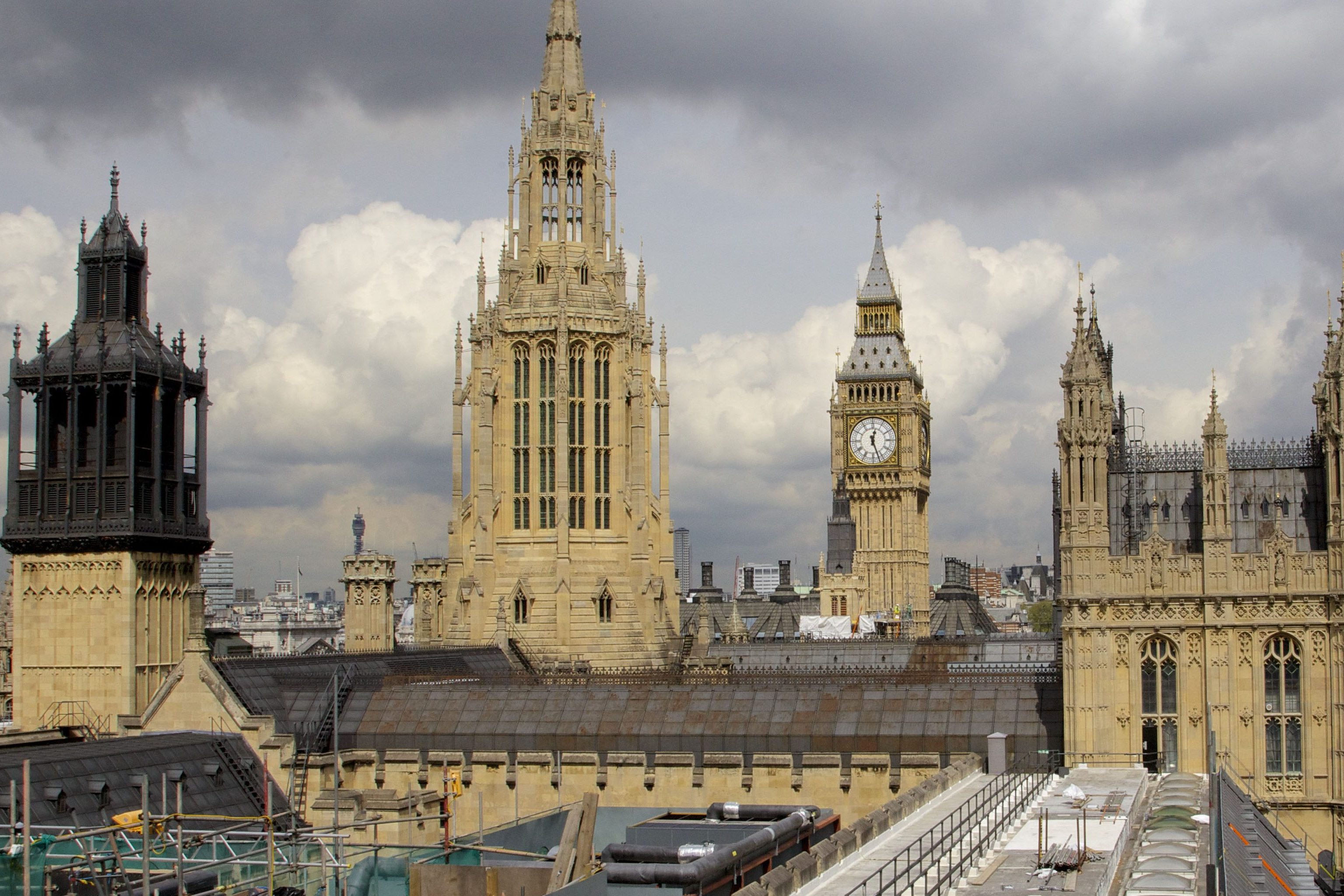
Building on a critical understanding of the design and behaviour of the historic systems the project will investigate how far, at least in parts, the historic stack system could be revitalized in conjunction with the restoration programme. There are clear similarities between the stack ventilation principles used in Victorian buildings and modern sustainable architecture. Both aim to minimise reliance on fossil fuel and complex mechanical systems by utilising the natural stack effect to drive the air flow.
However, there are also fundamental differences. The stacks of the Houses of Parliament, for instances, relied on the large quantities of waste heat produced by nineteenth century lighting and heating technology. The hot fumes emitted by fire places, coke-fired steam boilers and gas-lighting were exploited to boost the draughts inside the ventilation towers. Modern stack systems, on the contrary, have to function with the comparatively moderate quantities of heat produced by modern electric lighting and electronic devices. Examples of modern stack systems, include UCL’s Eastern European and Slavonic Studies Buildings by Alan Short, Edward Cullinan’s Centre for Mathematical Sciences, Cambridge, or the Everyman Theatre in Liverpool by Haworth Tompkins. These differences are fundamental to understand how and how far the historic principles could form part of a modern system. Moreover, the performance of the historic system need to be reviewed in the light of modern standards of energy efficiency, thermal comfort, air quality or the requirements of art conservation.
A series of design studies will be undertaken to explore alternative scenarios of re-utilising the system, engaging in a process that could be described as a ‘critical restoration.’ During these design studies Dr. Schoenefeldt will work with the Palace of Westminster Restoration and Renewal Programme[1] team itself, the architects, engineers and other teams in the Parliamentary Estates Directorate. The diagram below shows the process by which the research is fed into the restoration programme.
[1] http://www.restorationandrenewal.parliament.uk

Key stages of the research project, showing how the study of the historic system feeds into the design-led studies looking at ways of revitalising some of original principles. (Schoenefeldt, 2015)